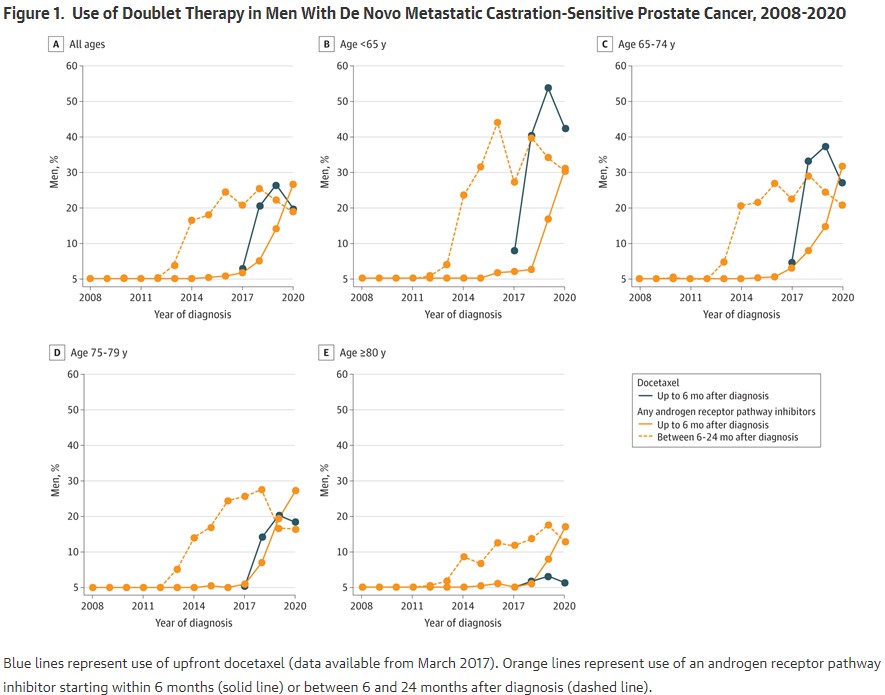Dual treatment means that patients receive both standard hormone therapy (GnRH therapy) and chemotherapy or androgen receptor blockers. Research has previously shown that men receiving this treatment live approximately one year longer than those receiving GnRH treatment alone.
The results showed that in 2020 40 percent received dual treatment. The average survival rate among these men increased from 2.7 between 2008 and 2012 to 3.2 years in 2017–2020; equivalent to an increase of about six months.

The biggest increase in survival was among men under 80, which makes sense. Men over the age of 80 have little interest in more side effects if the hope for remission is small, and in countries where health care has been nationalized the government will often refuse expensive treatments for those over 80. Dual treatment was most often approved for men under 65.
Reference: Corsini, C., Garmo, H., Wilberg Orrason, A., Gedeborg, R., Stattin, P., Westerberg, M. Survival trend in men with de novo metastatic prostate cancer after the introduction of doublet therapy. Nationwide population-based cohort study. JAMA Network Open. 2023; 6(10):e2336604; DOI: 10.1001/jamanetworkopen.2023.36604





Comments